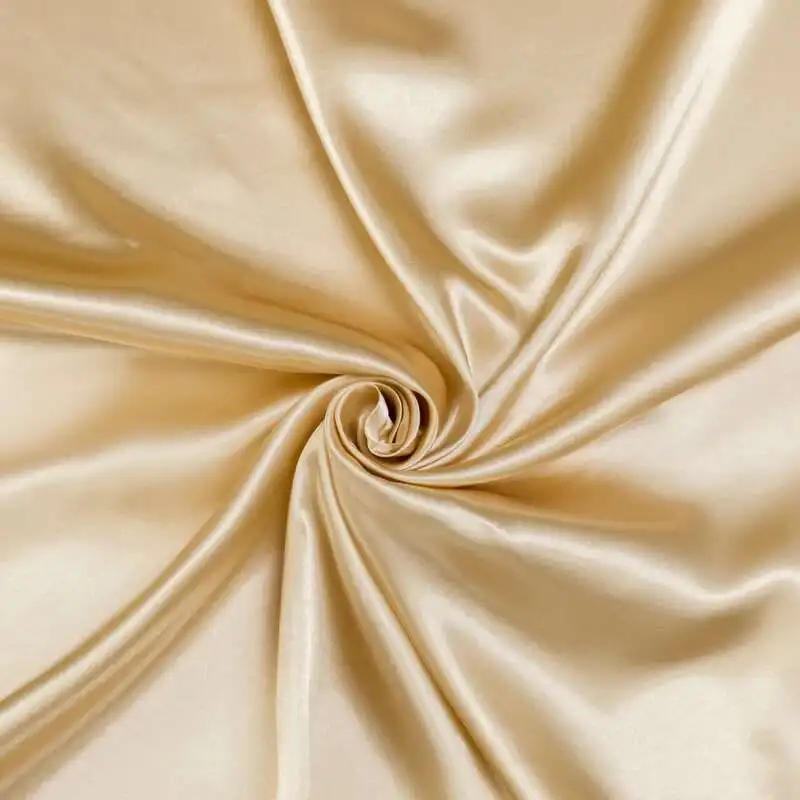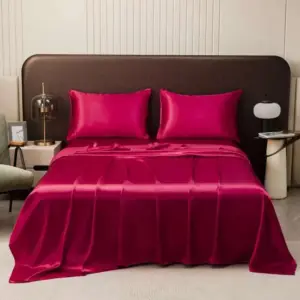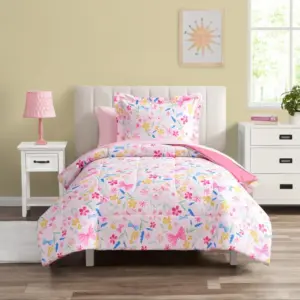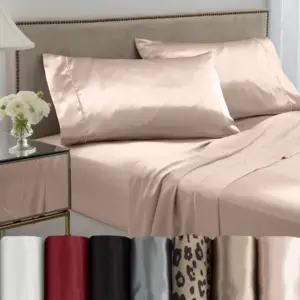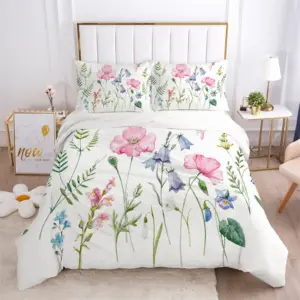Understanding Fabric Quality: Beyond the Numbers
When shopping for luxury bedding, fabric quality measurements can feel like decoding a secret language. Different fabrics use entirely different metrics to indicate quality – thread count for cotton and momme weight for silk. But what do these numbers really mean for your comfort and wallet?
Understanding these measurements helps you make smarter purchases and avoid marketing traps that rely on inflated numbers rather than true quality. The metrics that determine fabric quality directly impact how your bedding feels against your skin, how well it holds up over time, and whether it delivers the value you expect.
Here’s what you need to know before evaluating any luxury fabric:
- Not all high numbers indicate better quality (sometimes they’re just clever marketing)
- Different fabrics require different quality metrics for valid assessment
- Understanding quality measurements helps you identify genuine premium textiles
- Looking beyond the numbers reveals the true indicators of exceptional fabric quality
The amazing benefits of Mulberry silk sheets become more apparent when you understand how quality is properly measured and what these metrics actually mean for your sleep experience.
What Is Thread Count and Why It Matters for Cotton
Thread count represents the number of threads woven into one square inch of fabric, counting both horizontal (weft) and vertical (warp) threads. This simple measurement became the standard quality indicator for cotton fabrics because it typically correlates with softness and durability.
The calculation is straightforward: add the number of warp threads to the number of weft threads within a one-inch square. For example, a fabric with 150 vertical threads and 150 horizontal threads per inch would have a 300 thread count.
Thread count became popular as a quality metric because it’s easy to understand and generally reflects fabric density. Higher thread counts typically create smoother surfaces by packing more threads into the same space. This density often translates to:
- Softer feel against the skin
- Better durability over time
- Less likelihood of pilling
- Reduced visibility of the weave pattern
However, thread count tells only part of the story. While exploring the complete guide to Mulberry silk bed sheets, you’ll discover how different fabrics require different quality metrics altogether.
The Sweet Spot: Optimal Thread Count Ranges for Cotton
Finding the ideal thread count for cotton is about balance – not just pursuing the highest possible number. Most experts agree that the sweet spot for cotton falls between 300-500 threads per square inch, depending on the specific application and weave type.
| Thread Count Range | Characteristics | Best For |
|---|---|---|
| 180-280 | Lightweight, crisp, highly breathable | Hot sleepers, summer use, casual bedding |
| 300-400 | Balanced softness and durability, good breathability | Year-round use, primary bedding |
| 400-600 | Luxurious feel, denser weave, extra durability | Luxury bedding, cooler environments |
| 600+ | Premium range, can be exceptionally soft | High-end bedding (with quality verification) |
Higher thread counts require finer threads to fit into the same space, which can actually weaken the fabric if the cotton fibers aren’t high quality. The ideal range balances density with fiber strength for optimal comfort and longevity.
Different weave types also have their own optimal ranges. Percale (a plain weave) performs best between 250-300 count, while sateen typically starts at 300 count to achieve its characteristic luster and smoothness.
If you’re considering alternatives to cotton, exploring our silk sheet collection can provide insight into how different fabrics might better suit your specific needs.
When Numbers Deceive: The Truth About Ultra-High Thread Counts
When you see bedding advertised with thread counts of 800, 1000, or even 1200+, it’s time to be skeptical. These astronomical numbers rarely represent true quality improvements and often rely on deceptive counting methods.
Here’s what’s really happening with those ultra-high thread counts:
Multi-ply manipulation: Manufacturers count each strand in multi-ply yarns separately. A 300 thread count fabric made with 2-ply yarn gets marketed as 600 thread count, even though there are still only 300 actual threads per square inch.
Diminishing returns: Beyond about 500 threads per square inch, the improvement in feel becomes negligible while breathability often decreases.
Quality compromise: Fitting extremely high thread counts into fabric requires using very thin threads that may sacrifice durability.
Marketing over substance: Super-high thread counts have become more of a marketing tool than a genuine quality indicator.
Red flags for deceptive thread count claims include:
– Suspiciously high numbers (1000+) at surprisingly low prices
– Missing information about ply count
– Lack of information about cotton fiber quality
– Focus on thread count with little mention of other quality factors
Many consumers discover the benefits of Mulberry silk sheets after becoming disillusioned with misleading cotton thread count claims, finding that silk uses a completely different and often more transparent quality metric.
Beyond Thread Count: Essential Cotton Quality Indicators
Thread count alone doesn’t determine the quality of cotton bedding. Several other factors play equally or even more important roles in how your sheets will feel and perform:
Fiber Quality
The length and fineness of the cotton fibers (staples) significantly impact quality:
Long-staple cotton (including Egyptian, Pima, and Supima): Longer fibers create stronger, smoother yarns that resist pilling and get softer with time. These premium varieties typically measure 1.25 inches or longer.
Standard cotton: Shorter fibers create more “ends” in the fabric, potentially causing rougher texture and more pilling over time.
Weave Types
Different weave patterns create distinct fabric personalities:
Percale: A simple one-over, one-under grid pattern that creates crisp, cool, matte-finish fabric ideal for hot sleepers.
Sateen: A three-over, one-under pattern that exposes more thread surface, creating a smoother, lustrous finish with a warmer feel.
Twill: A diagonal weave pattern that creates a sturdy, durable fabric with a distinctive texture.
Ply Construction
Single-ply: Uses one strand per thread, usually creating lighter, more breathable fabrics.
Multi-ply: Uses two or more strands twisted together per thread, potentially creating stronger but thicker yarns.
Finishing Processes
How the fabric is treated after weaving significantly impacts its final properties:
- Mercerization: Strengthens cotton and improves luster
- Combing: Removes shorter fibers for a smoother result
- Brushing: Creates a softer surface feel
- Chemical treatments: Can artificially enhance softness but may reduce longevity
Those seeking alternatives to cotton often explore our silk bedding sets to experience natural luxury with different quality characteristics altogether.
Why Silk Quality Is Not Measured by Thread Count
Attempting to measure silk quality using cotton’s thread count standard is like measuring a diamond with a ruler – it’s simply the wrong tool for the material. Silk has fundamentally different properties that require a different measurement approach.
Silk threads are naturally much finer than cotton fibers – so fine that a silk fabric would inherently have a high thread count without necessarily indicating superior quality. A single silk fiber is approximately 1/5 the diameter of a human hair, while cotton fibers are significantly thicker.
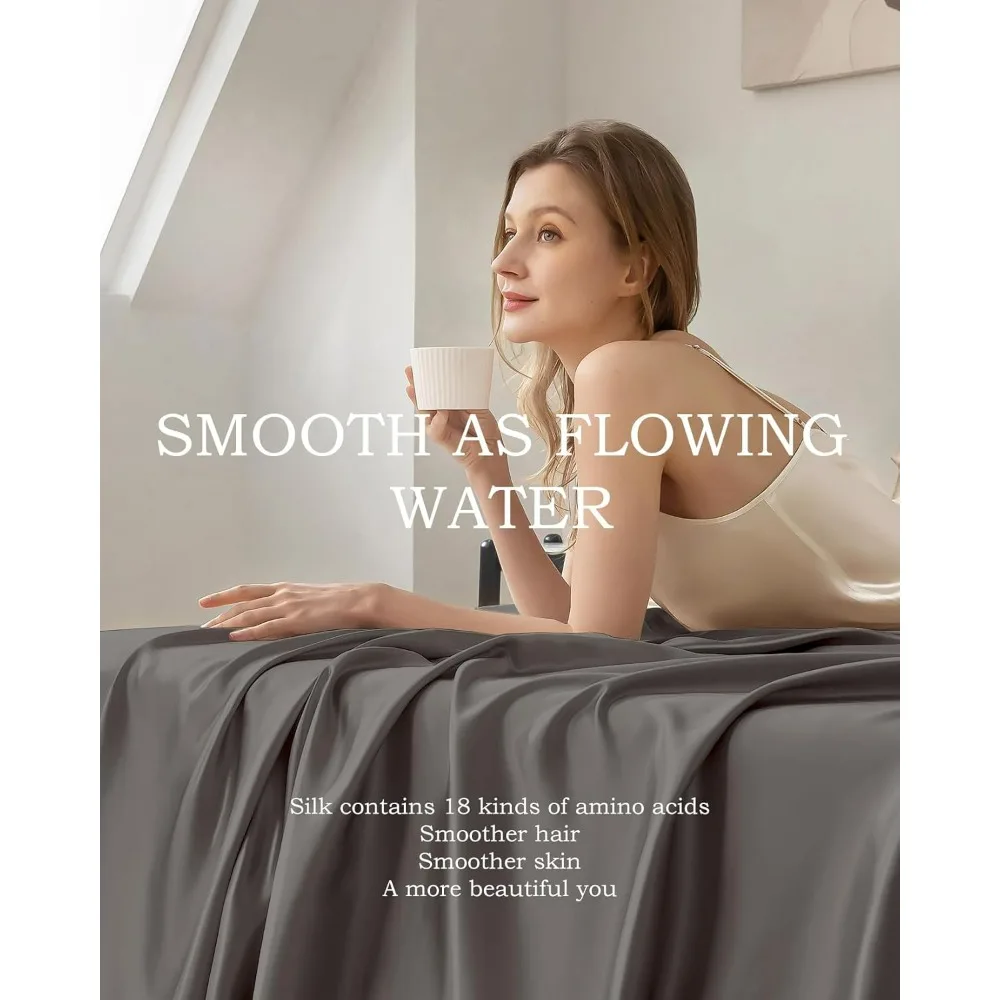
Here’s why thread count doesn’t work for silk:
- Silk’s natural fineness would make thread counts astronomical and meaningless
- The strength of silk comes from its protein structure, not thread density
- Silk’s natural properties (temperature regulation, moisture-wicking) aren’t reflected in thread count
- The traditional production methods for silk focus on weight and density rather than thread quantity
The silk industry developed its own measurement standard that better reflects the material’s unique qualities. Understanding the difference between momme and thread count helps consumers make more informed decisions when evaluating silk products.
Understanding Momme Weight: The Gold Standard for Silk Quality
Momme (pronounced “moe-mee”) weight is the gold standard for measuring silk quality. This Japanese measurement represents the weight in pounds of a piece of silk fabric measuring 45 inches wide by 100 yards long.
In practical terms, momme weight indicates the density of silk fabric – how much silk material is packed into a specific area. Higher momme numbers mean heavier, denser, and typically more durable silk.
Unlike thread count, which simply counts threads regardless of their quality, momme weight captures both the quantity and quality of silk used. This makes it a more comprehensive and reliable indicator of how the fabric will perform.
Momme weight directly translates to tangible benefits:
- Higher density silk generally drapes more beautifully
- More silk per square inch typically means greater durability
- Heavier silk often provides better temperature regulation
- Denser silk usually has better opacity and luster
For consumers, momme weight provides a straightforward way to assess silk quality across products. Our Mulberry silk sheets collection features products with carefully selected momme weights to ensure optimal performance.
Choosing Quality Silk: The Ideal Momme Weight Range
Different silk products require different momme weights to perform at their best. Understanding these ranges helps you select silk products with appropriate density for their intended use.
| Momme Weight | Best Applications | Characteristics |
|---|---|---|
| 6-8 momme | Lightweight scarves, summer garments | Sheer, light, more translucent |
| 12-16 momme | Silk clothing, linings, summer bedding | Medium weight, balanced drape, moderate durability |
| 19-22 momme | Premium bedding, quality sleepwear | Substantial feel, good durability, elegant drape |
| 22-30 momme | Luxury bedding, heirloom-quality items | Maximum durability, heaviest drape, highest opacity |
For bedding specifically, 19-25 momme represents the sweet spot for most consumers. This range balances luxurious feel with practical durability:
- 19 momme: Entry-level luxury silk bedding with good durability
- 22 momme: Premium standard with excellent balance of feel and longevity
- 25 momme: High-end luxury with maximum durability and weight
Below 19 momme, silk bedding may not withstand regular use and washing over time. Above 25 momme, the additional weight adds cost without proportional benefits for most users.
Our Mulberry silk pillowcases feature optimal momme weights to deliver both luxury feel and lasting performance.
Premium Silk Varieties: Understanding Types and Grades
Not all silk is created equal. Beyond momme weight, the type and grade of silk dramatically impact its quality, feel, and performance.
Mulberry Silk
The gold standard in silk production, representing over 90% of the world’s silk supply:
– Produced by Bombyx mori silkworms fed exclusively on mulberry leaves
– Characterized by long, uniform fibers with minimal irregularities
– Creates the smoothest, most consistent silk fabric
– Typically white in its natural state, allowing for pure dye colors
– Superior strength and regular fiber structure
Wild Silk Varieties
- Tussah Silk: Produced by wild silkworms with a diet of oak and juniper leaves, resulting in stronger but coarser fibers with a natural golden color
- Habotai Silk: A lightweight, plain-weave silk with good drape but less durability than higher-end varieties
Silk Grading System
Silk quality is graded on an alphabetical scale that indicates fiber regularity and purity:
- Grade 6A: The highest grade, featuring perfectly uniform fibers with virtually no impurities or irregularities
- Grade 5A: Excellent quality with minimal variations
- Grade 4A: Very good quality with slight irregularities
- Grades 3A and below: Progressively more imperfections and shorter fibers
Long-strand Processing
The length of silk strands directly impacts quality:
– Premium silk maintains long, unbroken fibers during processing
– Longer strands create stronger fabric with fewer weak points
– Higher-quality production methods preserve strand integrity
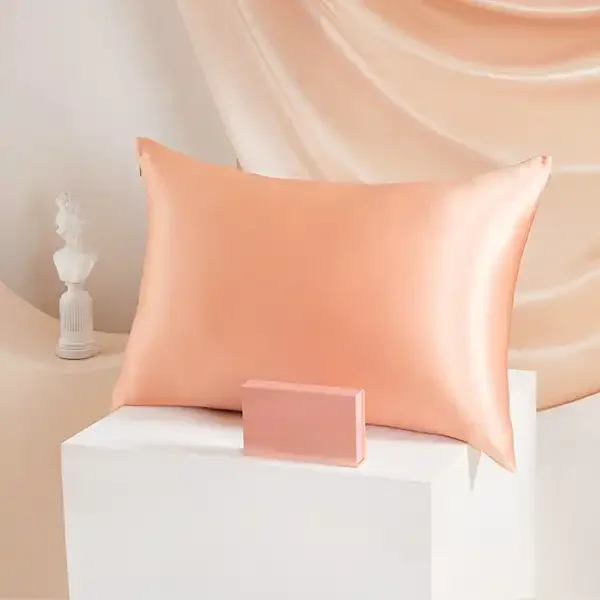
Understanding what makes Mulberry silk special helps you recognize quality differences between various silk products and appreciate why certain varieties command premium prices.
Head-to-Head: Comparing Cotton and Silk Quality Metrics
When choosing between cotton and silk bedding, understanding how their quality metrics compare helps you make the best decision for your specific needs and preferences.
| Factor | Cotton (Thread Count) | Silk (Momme Weight) |
|---|---|---|
| Primary Quality Metric | Thread count (threads per square inch) | Momme weight (weight in pounds per 45” × 100 yards) |
| Optimal Range | 300-500 thread count | 19-25 momme |
| Feel/Texture | Varies by weave; can be crisp (percale) or smooth (sateen) | Naturally smooth, cool-to-touch |
| Temperature Regulation | Absorbs moisture; warmer in winter, can be hot in summer | Thermoregulating; adapts to body temperature |
| Durability | Good with proper care; higher counts can last 3-5 years | Excellent with proper care; can last 5-10+ years |
| Maintenance | Machine washable; prone to shrinkage | More delicate; often requires hand washing or gentle cycle |
| Hypoallergenic Properties | Limited; can harbor dust mites | Naturally hypoallergenic; resistant to dust mites, mold |
| Price Point | $30-$300+ depending on quality | $100-$1000+ depending on quality |
| Best For | Budget-conscious buyers, easy care, traditional feel | Sensitive skin, temperature regulation, luxury feel |
Both fabrics have distinct advantages. Cotton offers affordability and easy care, while silk provides superior temperature regulation and natural hypoallergenic properties. The difference between thread count and momme weight reflects the unique characteristics of each material.
Making Informed Purchases: What to Look for Beyond Numbers
When shopping for premium fabrics, look beyond just the quality numbers to ensure you’re getting genuine value:
For Cotton Products:
- Complete information: Quality listings should include fiber type, weave, and construction details—not just thread count
- Reasonable claims: Be wary of thread counts over 800 without explanation of counting methodology
- Fiber details: Look for long-staple cotton varieties specifically named (Egyptian, Pima, Supima)
- Finish feel: Quality cotton should feel smooth without waxy or slippery artificial coatings
- Transparency: Reputable brands explain their quality metrics rather than just promoting high numbers
For Silk Products:
- Clear momme weight: Quality silk products clearly state their momme weight
- Silk type: Look for explicit mention of Mulberry silk for premium products
- Grade information: Higher-grade silks (5A, 6A) indicate better fiber quality
- Production details: Information about how the silk is produced and processed
- Certifications: Look for OEKO-TEX or similar certifications indicating safety testing
Physical Inspection Tips:
- Light test: Hold fabric up to light—quality silk has uniform opacity; quality cotton shows even, tight weave
- Feel test: Quality fabrics feel naturally smooth without artificial slipperiness
- Wrinkle test: Crush the fabric—quality silk springs back quickly; quality cotton recovers reasonably well
Our 100% silk sheet collection demonstrates these quality indicators with clear information about momme weight and silk type.
Is Cotton or Silk Better for Your Bedding?
The best bedding material depends on your specific needs, preferences, and circumstances. Neither cotton nor silk is universally “better”—they excel in different areas.
Choose Cotton When:
- You’re on a tighter budget but still want quality
- Easy care is a top priority (machine washing, less delicate care)
- You prefer a crisp, cool feel (percale) or warmer, smooth feel (sateen)
- You don’t have sensitive skin or allergies
- You’re comfortable with more frequent replacements
Choose Silk When:
- Temperature regulation is important (hot sleepers or those who experience night sweats)
- You have sensitive skin, allergies, or hair breakage concerns
- You value natural hypoallergenic properties
- You’re willing to invest in longer-lasting bedding
- You prioritize luxury feel and appearance
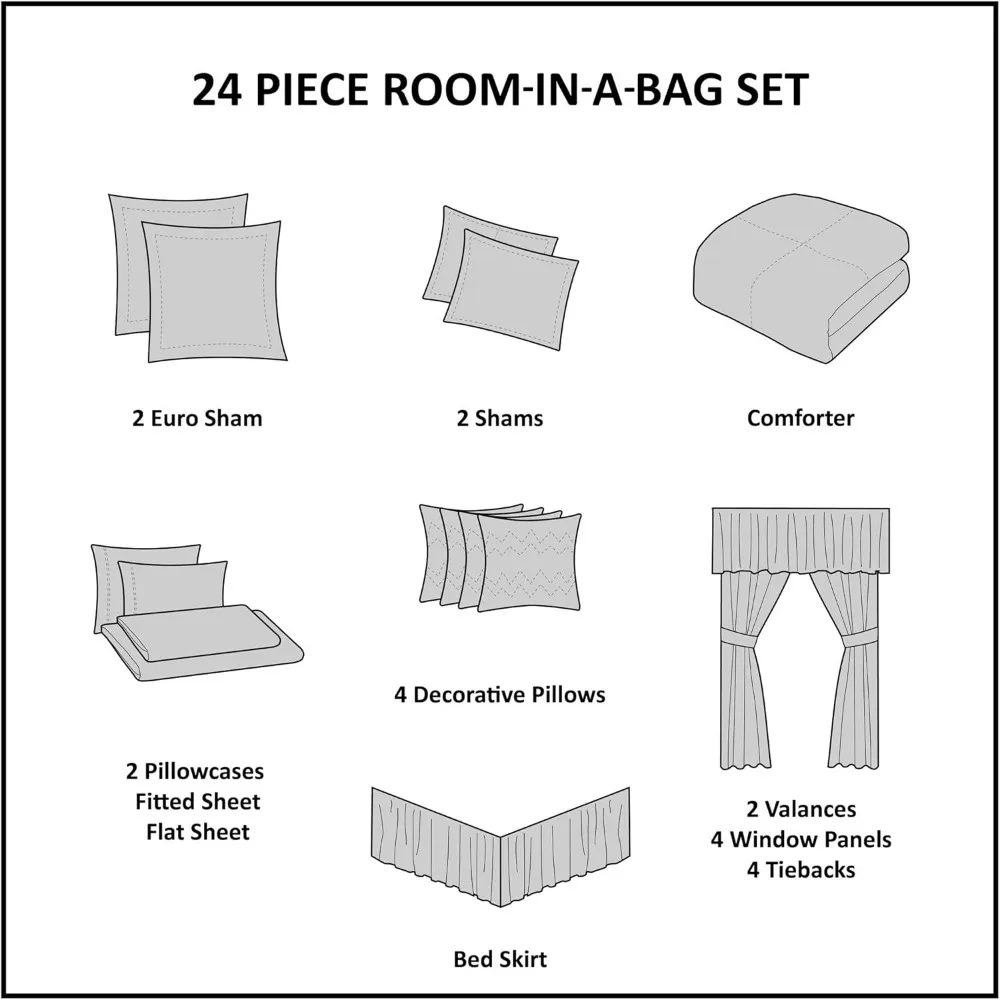
Both materials can provide excellent sleep experiences when you select quality products. Many people find that silk bedding offers advantages over cotton sheets for specific concerns like skin sensitivity and temperature regulation.
Full-size Silk Sheets, King Size Silk Sheets, Queen Size Silk Sheets, Twin Size Silk Sheets, Washable Silk Sheets
Price range: $95.95 through $178.37 Select options This product has multiple variants. The options may be chosen on the product page100% Silk Sheets, Green Silk Sheets, King Size Silk Bedding Set, Mulberry Silk Bedding Sets, Queen Size Silk Bedding Set
Price range: $1,246.21 through $1,615.22 Select options This product has multiple variants. The options may be chosen on the product pagePink Silk Sheets, Twin Size Silk Sheets
$171.80 Select options This product has multiple variants. The options may be chosen on the product pageFull-size Silk Sheets, Pink Silk Sheets
$136.31 Select options This product has multiple variants. The options may be chosen on the product pageFull Silk Bedding Set, King Size Silk Bedding Set
Price range: $120.99 through $190.49 Select options This product has multiple variants. The options may be chosen on the product pageGrey Silk Sheets, Silk Sheet and Pillowcase Set
Price range: $88.20 through $146.64 Select options This product has multiple variants. The options may be chosen on the product page
How Do Quality Metrics Impact the Lifespan of Your Textiles?
Understanding quality metrics helps you predict how long your bedding investment will last. Higher-quality fabrics, when properly identified through appropriate metrics, typically offer substantially longer lifespans.
Cotton Longevity by Quality Level:
- Low thread count (180-250) with standard cotton: Typically lasts 1-2 years before showing significant wear
- Medium thread count (300-400) with long-staple cotton: Often maintains quality for 3-5 years
- Premium thread count (400-600) with Egyptian/Pima cotton: Can last 5-7 years with proper care
Silk Longevity by Momme Weight:
- Light momme weight (12-16): May begin showing wear after 1-3 years of regular use
- Medium momme weight (19-22): Typically maintains quality for 5-8 years
- Heavy momme weight (22-30): Can last 10+ years with appropriate care
The initial investment in higher-quality fabrics often pays dividends through extended longevity. When calculating value, consider the cost-per-use rather than just the upfront price:
- A $200 set of premium sheets that lasts 5 years costs about $0.11 per night
- A $50 set of lower-quality sheets that lasts 1 year costs about $0.14 per night
Additionally, proper care dramatically extends fabric life. Following care instructions for your specific fabric type can double the lifespan of even mid-range quality textiles.
Sanctuary Soft’s luxury silk bedding sets are designed with optimal momme weights to ensure both immediate comfort and long-term durability, providing excellent value despite their premium price point.

